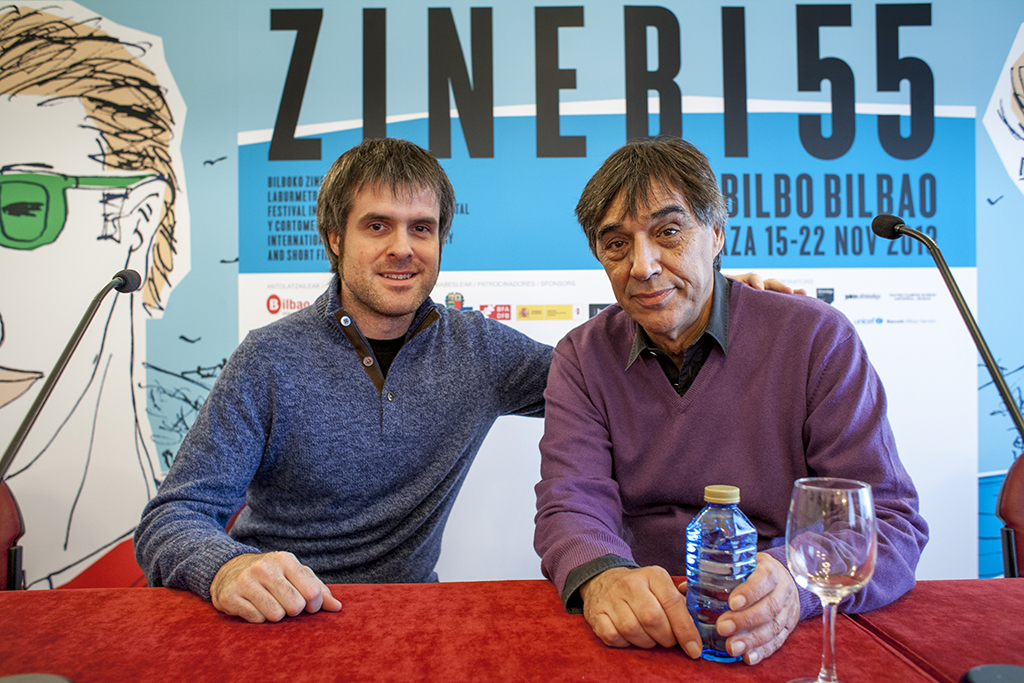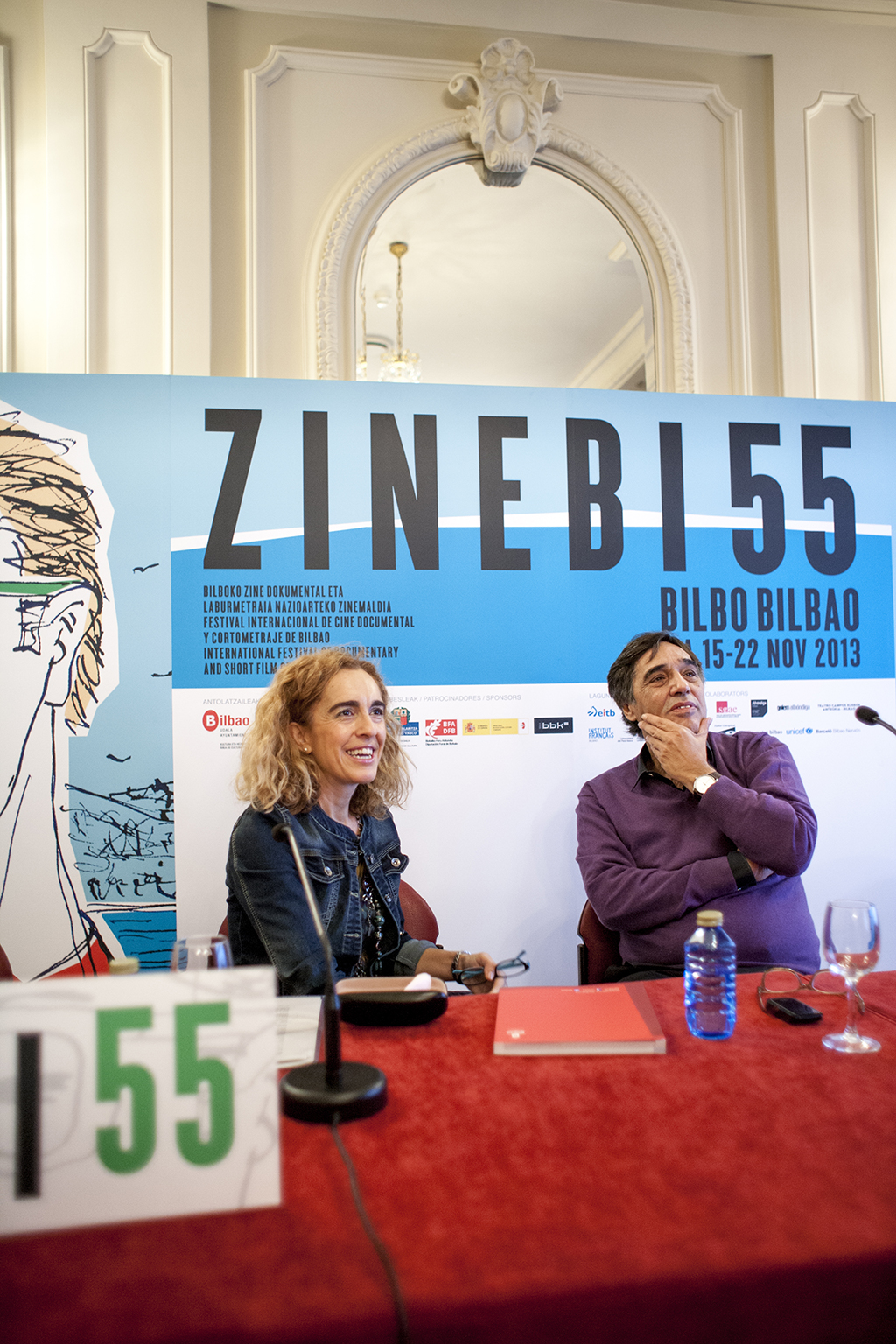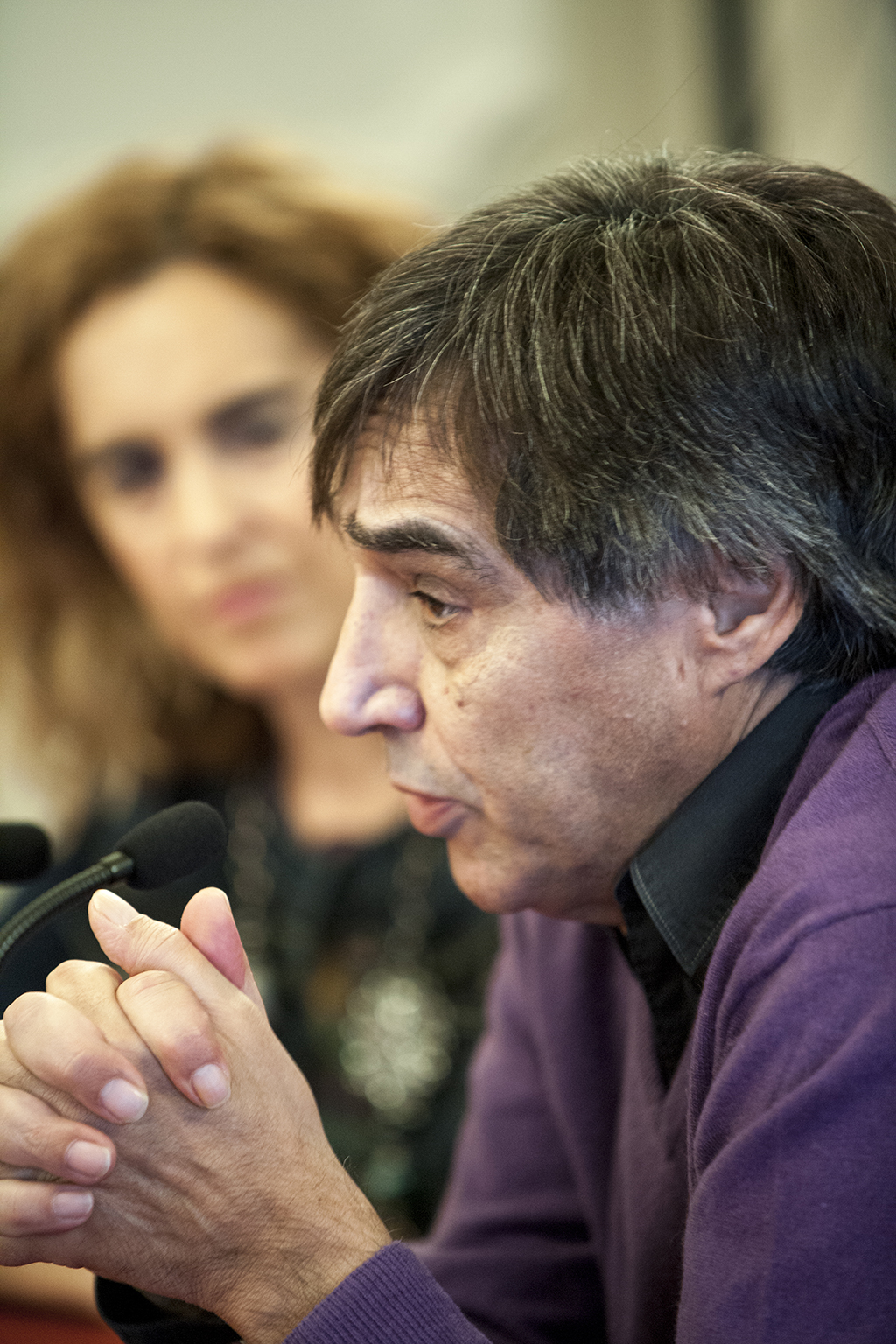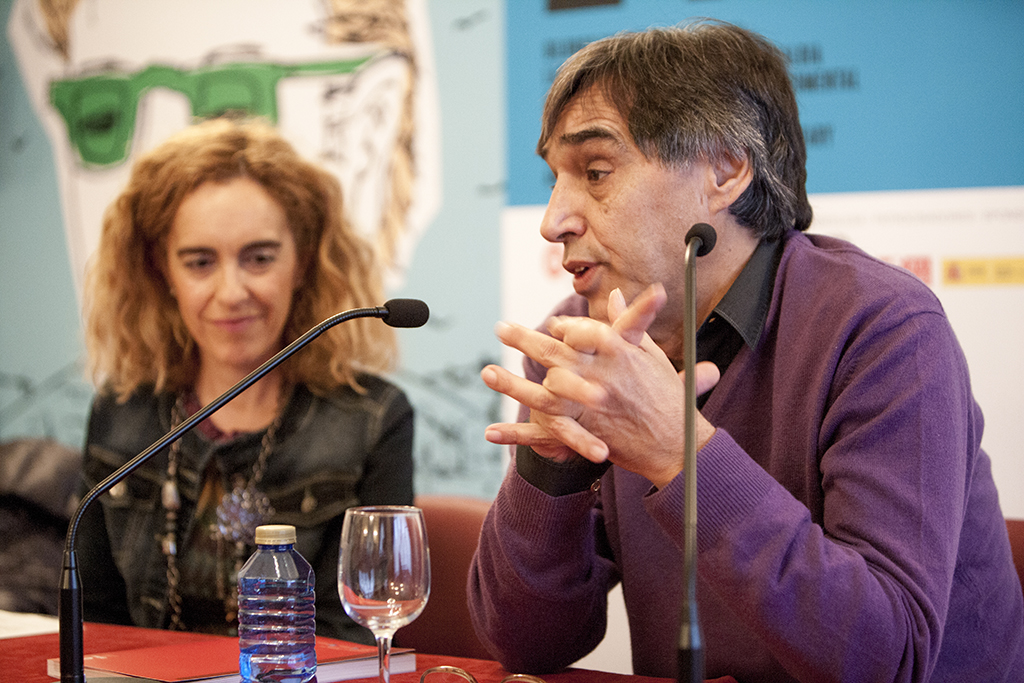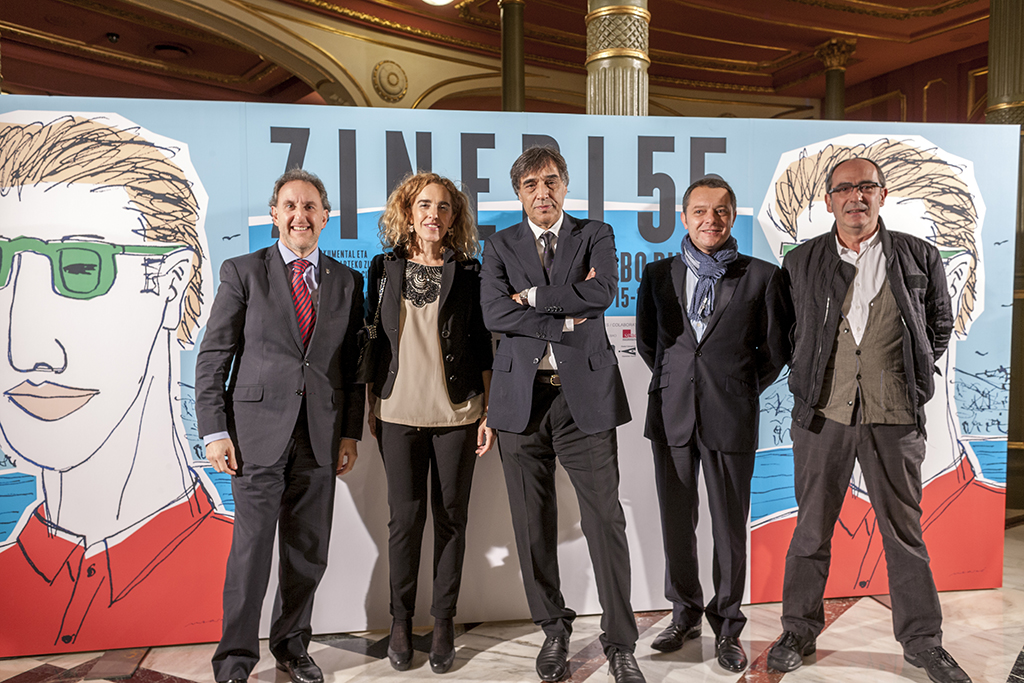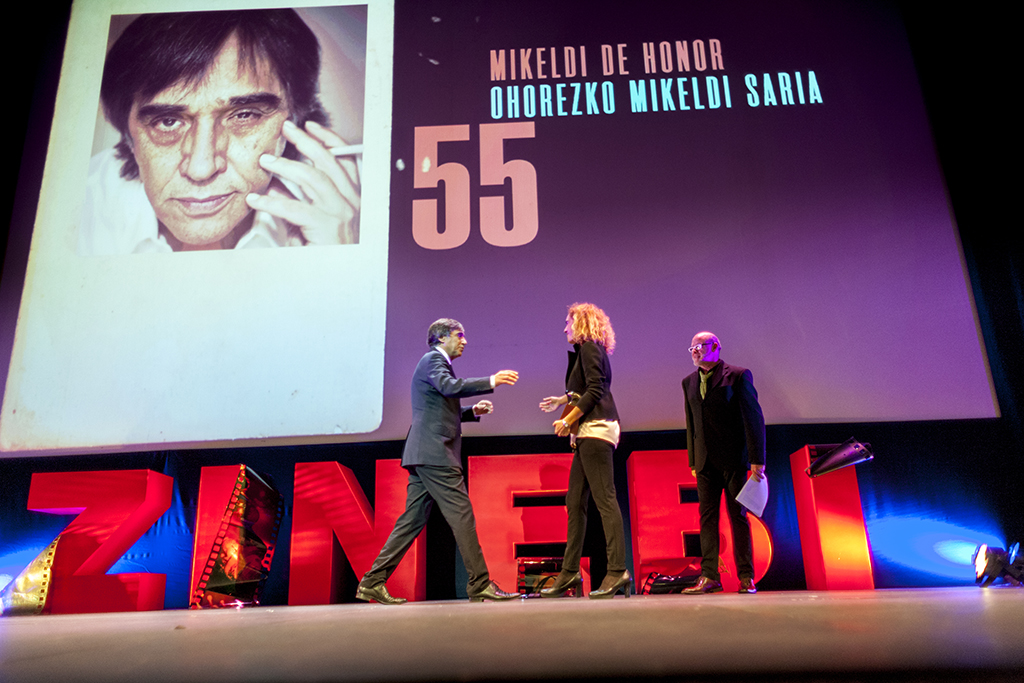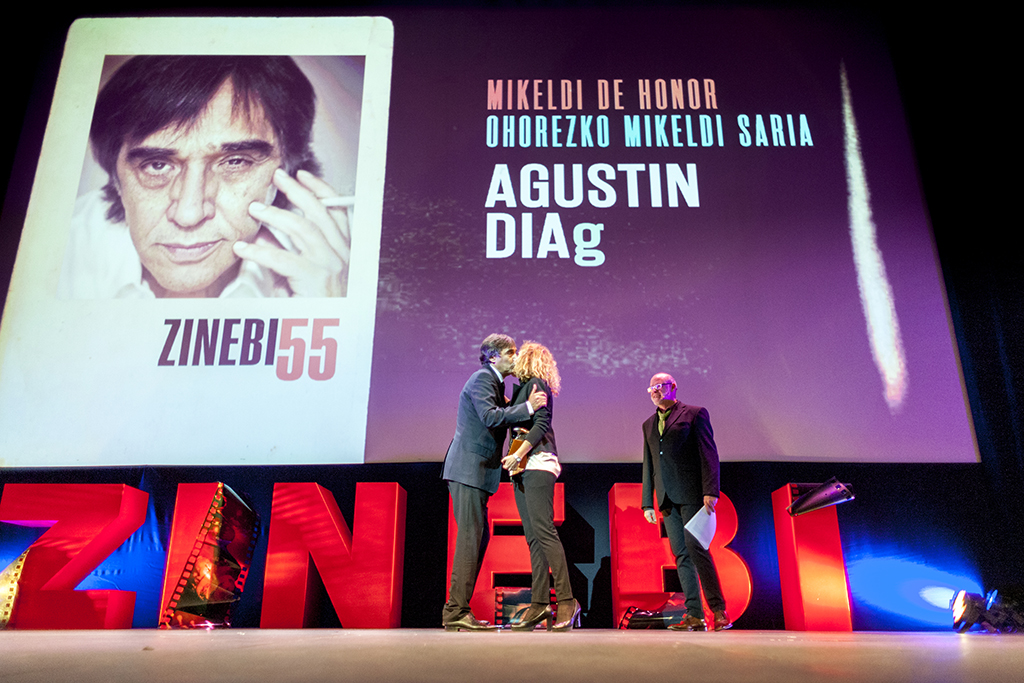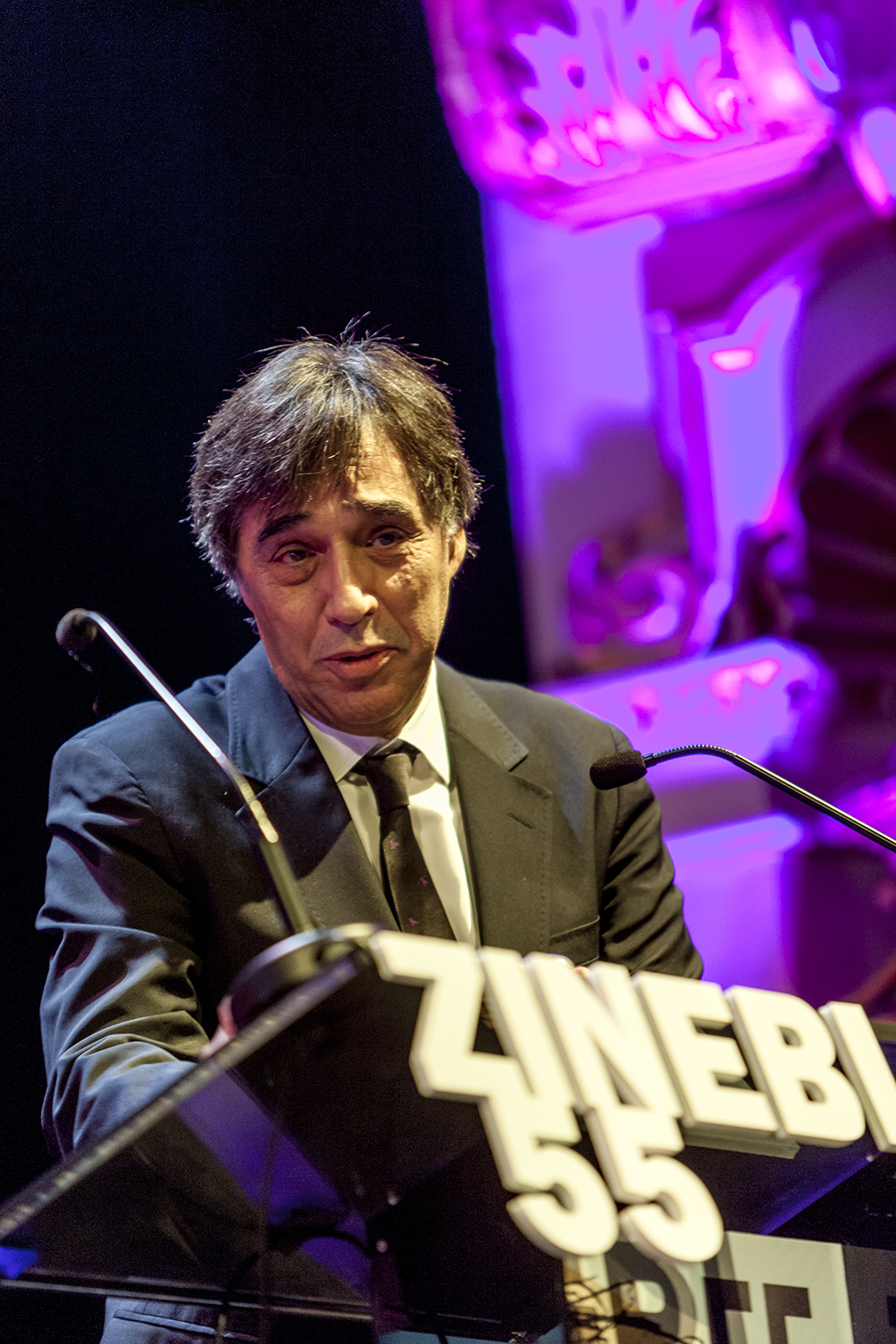VICTORS AND VANQUISHED. CINEMA (AND LIFE) ACCORDING TO AGUSTÍN DÍAZ YANES
To claim that Agustín Díaz Yanes is one of the most easily recognisable authors to have emerged from the Spanish film industry in the last few decades is merely stating that the films that bear his signature all complement each other. The sense of familiarity that this crossfire ends up producing in the audience is not due so much to the fact that the same bodies/actors appear in them (with the one and only Victoria Abril as a guiding presence), as to the fact that this cinematic quartet finally forms a private sphere in which the same ethical and aesthetic concerns predominate. In short, Díaz Yanes’s work is left-wing cinema that, branded by violence, emerges out of the genre of film noir.
To start at the beginning, we are talking here about a kind of cinema in which the subject matter takes precedence over generic considerations. This means that Díaz Yanes makes genre films that come about as a product, if you prefer, of a creative artist who makes use of the basic elements of the thriller in so far as these produce a kind of ferment that is highly conducive to his basic themes. This is an utterly unpatronising, taut kind of cinema that raises some of the essential problems of human existence in the period that we just happen to live in: the ineffable dual nature of human beings (a strange syncretic mixture of good and evil), the essential injustice of the capitalist system, the losers’ struggle to survive, their dignity in defeat… In short, Díaz Yanes’s films are thrillers because this thematic cocktail goes really well with a genre that is fuelled by violence and that gives the leading roles to people who operate on the edge or on the fringes of the law.
Our author’s films reflect a left-wing philosophy not just because they bring to the fore these issues and situations in which the class struggle is reflected today, but especially because he takes the side of losers and the poor. His world is radically Hobbesian: man is wolf to man, but especially to women, and as a result his female characters, as quintessential victims (as well) of late capitalism, play the leading roles in his stories and become an exceptional means of transmitting his discourse.
His entire world seems to spring up around the character of Gloria Duque who Victoria Abril plays in the first and in the last (to date) of his full-length films, a de facto widow, prostitute and alcoholic who after hitting rock bottom is able to pull herself back together, fi ght tooth and nail, and triumph at the last minute by stressing the indestructible power of human dignity. This kind of insurrection by the weak can be summed up in the passage from fellatio (symbolic act of female submission that his films emphasise) to armed robbery carried out by women, a climactic emblematic touch that, like an incipient revolution that gradually gathers strength, runs through his films in a rigorously geometric progression: a woman on her own robs a fur shop in Nadie hablará de nosotras cuando hayamos muerto, two women rob a supermarket in Sin noticias de Dios, four women carry out various robberies in Sólo quiero caminar… Violence, right in the foreground in his films, is not just the tangible expression of the shock treatment that the capitalist model applies to the lower classes; it is also the catalyst that reinforces the weak and provides them with a tool for rebellion. In addition to this utterly non-conformist vision of the status quo and human relations, he displays a liturgical sacrificial sense of violence, that is quite clear in the homage that his first two films pay to bullfighting (with which the filmmaker has well known family ties) and to boxing, singular trades that, let’s just say, aesthetically sublimate violence to the displeasure of certain trendy liberals. This tendency to focus on the plastic aspect of violence links Díaz Yanes to Scorsese and Peckinpah, maestros who he references quite openly, (Goodfellas in his debut film, The Wild Bunch in his last film, with which it also shares a Mexican theme, a kind of mythical space that contains violence in its pure state) on account of his ability to transform the most extreme brutality into cinematic gold.
The fact that the story is not his own, the historical context, the male star or the genre make Alatriste, his third feature, that condenses and adapts the saga of swashbuckling novels by Arturo Pérez-Reverte, the odd one out in his film career. However as soon as we take a closer look at this Madrid of the 17th century seething with danger due to all the palace intrigue at a court in decline we can sense the harsh, hostile atmosphere of the dramas produced by the filmmaker, while at the same time in Pérez-Reverte’s attractive, deadly, sentimental swordsman we can recognise the disturbing beauty, spirit and take on life of Díaz Yanes’s rebellious heroines. Going back to Velázquez’s time and place also enables this filmmaker, whose concerns as an artist are compatible with his role as an ordinary citizen, to state that some of his iconic models (Velázquez’s painting as well as José de Ribera’s or Antonio López’s can be glimpsed in his fi lms) are not only to be found in American cinema, but also dwell in the Prado Museum.
Imanol Zumalde
Professor (UPV/EHU)

